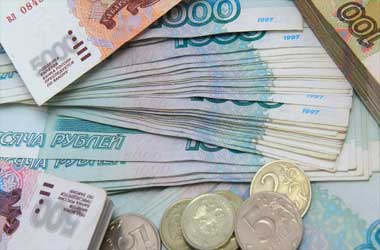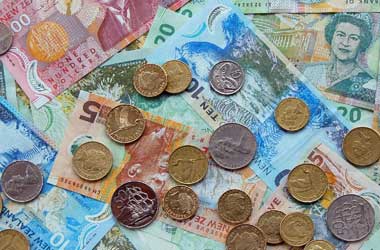 Increasing worries about deteriorating global growth, as well as a drop in the price of iron ore, Australia’s single largest export revenue earner, caused the Australian dollar to record a low of $0.72 earlier today, the lowest level since August 23rd, according to Bloomberg. During the same period, investors continued to flock to the dollar after the central bank indicated that tapering would begin soon and be completed by the end of next year.
Increasing worries about deteriorating global growth, as well as a drop in the price of iron ore, Australia’s single largest export revenue earner, caused the Australian dollar to record a low of $0.72 earlier today, the lowest level since August 23rd, according to Bloomberg. During the same period, investors continued to flock to the dollar after the central bank indicated that tapering would begin soon and be completed by the end of next year.
While predicting a robust recovery for the Australian economy in 2022, Governor of the Reserve Bank of Australia Philip Lowe overlooked predictions of higher interest rates before 2024 a few weeks before. Lowe also stated that the RBA would continue to taper its bond-buying program in the months ahead, and that it would likely come to an end by next year, in accordance with the policies of many central banks.
Following a dramatic 2.7% decrease in July, retail sales in Australia fell by 1.7% m-o-m in August of 2021, according to preliminary data. This was the third consecutive month that retail sales declined as a result of lockdown measures. Sales of clothes, footwear, and personal accessory selling (-15.7%), cafés, restaurants, and takeout food services (-7%), department shops (-10.2%), and home goods retailing (-10.2%) also saw declines (-2.3%).
Food retailing, on the other hand, saw the greatest increase (2.1%), as restrictions continue to restrict travel and keep families at home. Other retailers (0.8%) saw an increase as well, owing in part to an increase in internet sales. Price of iron ore has been on a decline, with the steel making commodity dropping from a historical high of $233 a tonne in May to $94 on Monday, according to the International Iron Ore Association.
The decline in price coincides with China’s efforts to unclog its very polluting industrial sector, which includes coal-based steel mills, which account for a major part of the country’s high overall emissions. Beijing has enforced drastic reductions in steel output in an attempt to halt the country’s construction-based economy.
It is possible that iron ore demand will be 100 million tonnes lesser in the second half of 2021, compared with the first, and prices will decline to as low as $70 if this policy is maintained. This is an example of how China, as the world’s largest consumer, may influence the market at a time when commodities demand is growing and countries are beginning to recover from the terrible Covid-19 epidemic.
In the wake of the collapse in iron ore prices, it has become one of the awfully-performing main commodities, serving as an anomaly in an otherwise rosy commodity market that has seen aluminum prices rocket to a 13-year high, natural gas prices rise, and coal futures explode to record heights.
Worldwide inventories are 10% higher than they were a year ago, and anticipations for Chinese requirement to soften, combined with outlook for worldwide supplies to increase. UBS Group AG stated that the decline “has happened quickly than anticipated.” UBS forecasts average prices to hover around $89 per ton in 2022, a 12% decrease from its prior prediction.




